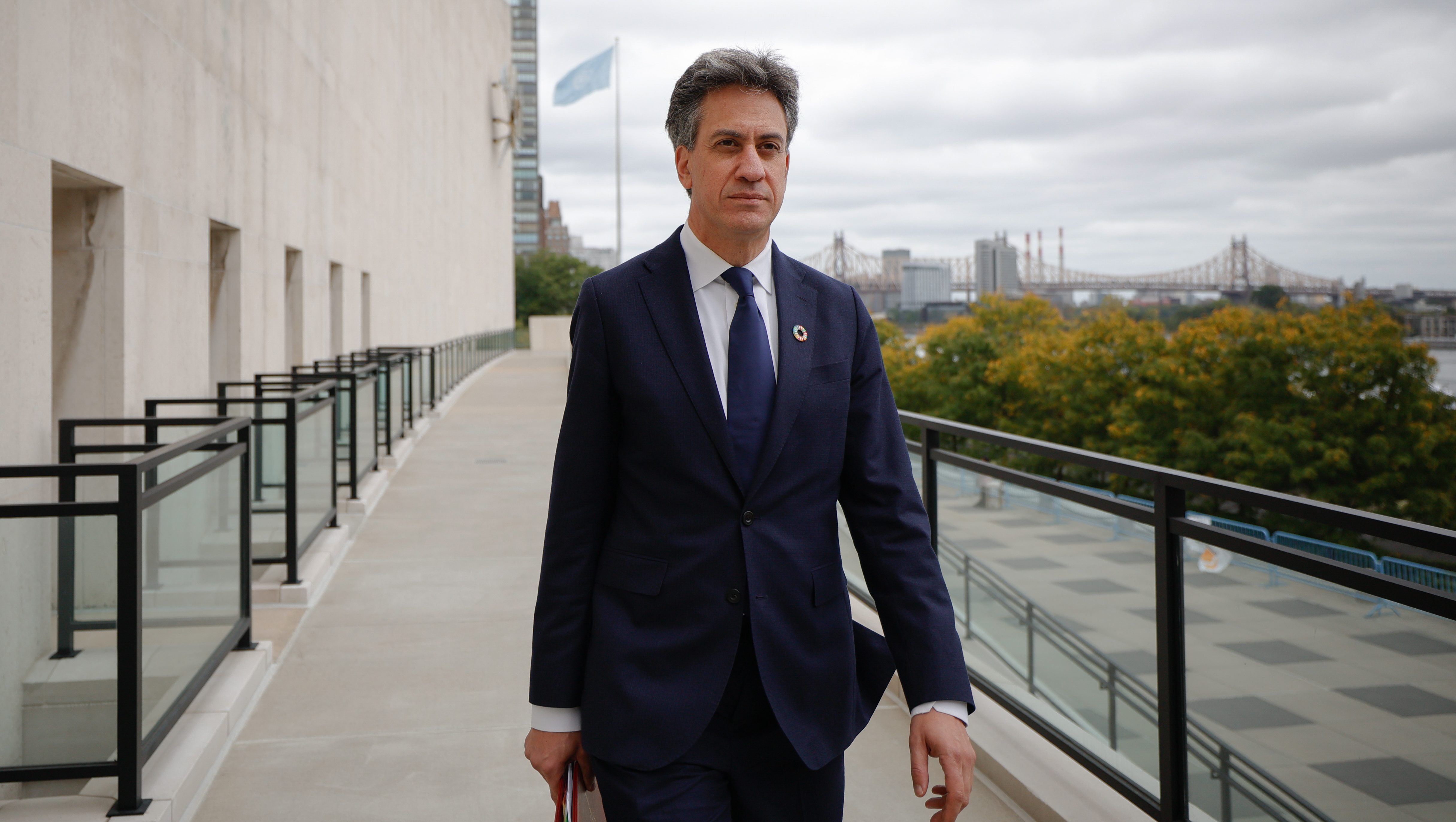Many people were killed and injured, and billions of dollars of damage were caused, by hurricanes that rapidly intensified over the warm waters and smashed into the coast of the United States.
Even Donald Trump commented on the scale of the destruction in Florida from Hurricane Helene in September, but he continued to deny the reality of climate change during his successful campaign for president.
Trump is widely expected to withdraw the United States, the world’s second largest emitter of greenhouse gases after China, from the landmark Paris Agreement which countries reached in 2015 to try to avoid the worst impacts of climate change.
This means the United States is unlikely to submit a more ambitious pledge for action ahead of the COP30 United Nations climate change summit in Belém, Brazil, in November 2025.
The Paris Agreement commits all countries to offer plans for stronger action, or “nationally-determined contributions”, in 2025. Current plans are collectively too weak and would mean warming of about three degrees Celsius by the end of the century.
That would result in a global temperature that was last experienced on Earth about three million years during the Pliocene Epoch, when global sea level was five to 25 metres higher than today.
However, countries struggled at the COP29 United Nations climate change summit in Baku, Azerbaijan, in November 2024 to agree an increase in financial support to help developing countries to improve their plans for action.
Many countries will be looking towards the European Union and China for international leadership on climate change if the Trump administration does step back and turn inwards.
China is by far the biggest emitter of greenhouse gases, but also has more renewable energy and electric vehicles than any other country.
The new Labour government in the United Kingdom has been attempting to demonstrate international leadership on climate action by already announcing in Baku a plan to cut its annual emissions of greenhouse gases by 81% by 2035 compared with 1990.
In order to help achieve this goal, the government has set a very ambitious target to stop any emissions from the power sector by 2030, primarily through a massive increase in renewable energy.
However it faces many challenges, including the difficulties of building transmission lines from new wind and solar farms to connect to the electricity grid.
In addition, the government will seek the accelerate the roll-out of other zero-emissions technologies, such as electric vehicles and heat pumps.
The government will also face calls to cut the price of electricity, which is higher in the UK than in most other countries.
The UK’s current system means that electricity prices are usually set by natural gas, which is generally more expensive than renewables.
With household energy prices set to rise again in January 2025, increasing the rate of inflation, the UK’s future prosperity and energy security will be boosted by accelerating the transition away from expensive imports of fossil fuels and towards cheap and clean domestic energy.
And there is a hope that other countries will follow the UK’s example in 2025, helping the world to turn the corner in its desperate battle against climate change, 10 years after the Paris Agreement set the target of stopping greenhouse gas emissions.
Bob Ward is policy and communications director at the Grantham Research Institute on climate change and the environment at the London School of Economics and Political Science.
Do you have a story to tell or opinions to share about this? Get in touch and tell us more. This Christmas, you can make a lasting change on a vendor’s life. Buy a magazine from your local vendor in the street every week. If you can’t reach them, buy a Vendor Support Kit.









